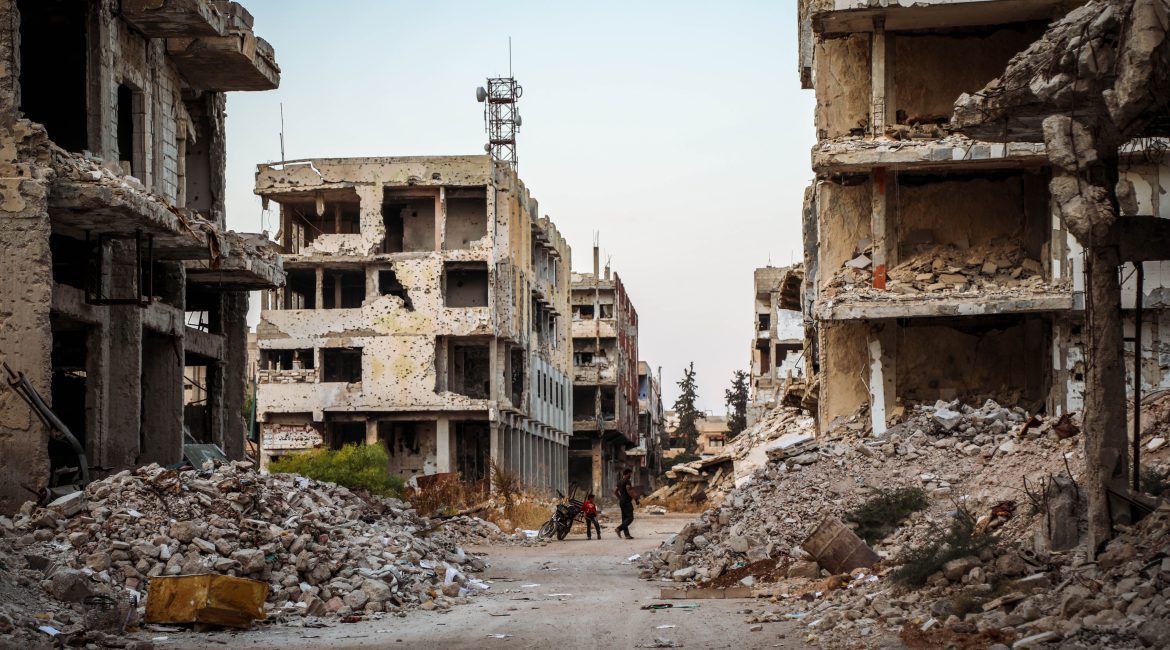As the earthquakes took place over a very large area affecting Turkey and Syria, the number of dead and injured is exponential. In Turkey, the authorities very quickly launched an appeal for international assistance and began to act quickly with the local actors who are the first to take care of the wounded who are emerging from the rubble. For international aid, the first step is to assess needs and respond to vital emergencies. There is a major issue of coordination of operations so that these are not an additional problem. In the case of Turkey, which is a strong and powerful state, this coordination is done with a variety of actors intervening in this emergency crisis: local actors, Turkish civil society, the army and the Turkish Red Crescent among others. There was also a massive interstate response from several dozen countries, including Europe and the United States. In a way, there was a kind of obligation for Erdogan to provide a maximalist response given the extent of the damage in the context of close internal elections, as the international community helps a partner country which plays a particular role of mediation in the Ukrainian conflict which focuses the attention of the world and in particular of Westerners.
Regarding Syria, it is more difficult to have a reliable estimation of needs in a territorial context fragmented by the war. It is also the local actors who will provide emergency aid, but with much more limited and variable means depending on the region. The geopolitics of emergency aid is quite particular here. Humanitarians are faced here with two different contexts with operational approaches that cannot be of the same level as in Turkey.
Twelve years of war have had a strong impact on the civilian population, with millions of internally displaced persons and refugees in neighboring countries, in Jordan, Lebanon and Turkey, as well as a fragmentation of the territory with a mosaic of areas held partly by the government in Damascus and by rebel forces of different persuasions, Kurds, pro-Turks and radical Islamists. The health system is weakened with infrastructures that have already suffered from bombardments in a context where health actors were and remain targets in this total war waged by the authorities in Damascus, in breach of international law. In addition to this dilapidated health context, the emergence of cholera in recent months shows the difficulty of access to hygiene, water and a major impoverishment of the populations. Under these conditions, international aid can essentially be provided by local actors and NGOs who are used to working in this very volatile security context.
In the Syrian context, the major challenge remains the access to civilian populations who are already affected by years of war. If you do not have a registration in time, it is almost impossible to be able to intervene urgently for security reasons. Organizations like Doctors of the World and others work with long-standing local partners in different areas. The difficulty will be to be able to send equipment, even medical personnel, to respond to the specific pathologies of the earthquake. Today, there is only one access route for the material which is Bab Al Hawa gate, the corridor that connects northern Syria to Turkey. Two other routes are probably being opened, but it is not yet clear whether it will be possible to bring in personnel and evacuate wounded from Syria to Turkey.
International aid is more complicated, as the Syrian regime is under sanctions and in defiance of the international community. Today, aid is delivered in the territories held by Damascus with the support of Russia, which has already deployed civil security resources on the ground, and certain Arab countries which have sent equipment and funds. Moreover, the international community and Europe do not necessarily want to directly help the authorities in Damascus, who finally launched an international appeal a few days after the disaster. These international actors, including Europe, will probably go through humanitarian organizations to finance these interventions in so-called rebel areas.
A focus on vital emergencies on the part of local and international interstate aid as well as humanitarian associations it is clearly seen in Syria, but aid must be long-term. In Turkey, the continuity of care will have to be evaluated according to the capacity of the Turks to be able to take care of patients and people who require conventional care. Everything related to mental health and its management is part of the medium term, over several weeks, even several months. In the Turkish pre-electoral context, the quality of long-term aid will be a priority for the authorities in order also to limit the criticisms and controversies which are already brewing over its delays.
As far as Syria is concerned, the situation will depend on the volatility of security issues, the war and its effects on the civilian population, which is already very hard-hit. We can hope that this disaster will bring some focus back to the tragedy that these civilians have been experiencing for more than a decade and that the international community will try to find more means and leverage to not only bring assistance to these populations, but also work to resolve this conflict.

